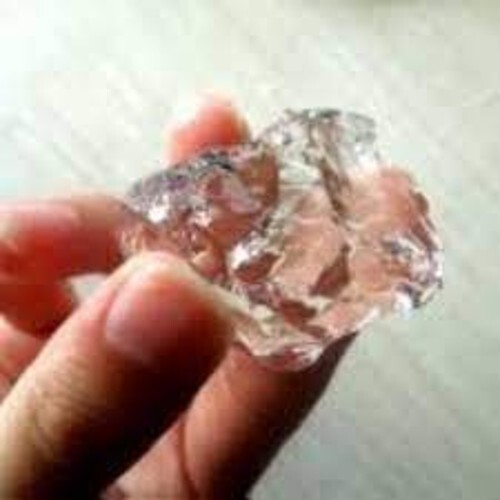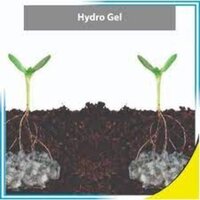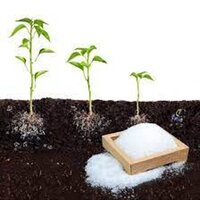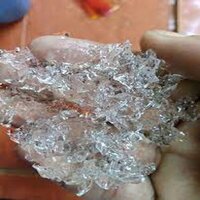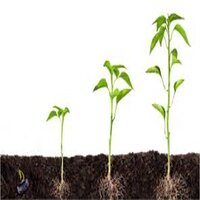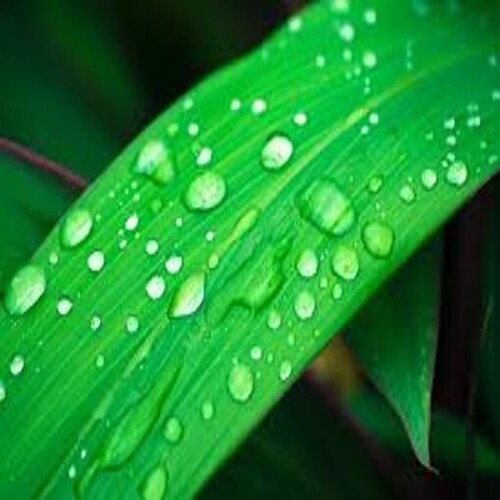Hydrogel For Agricultural
Product Details:
- Type Other
- Source Other
- Packaging Other
- Shelf Life 12 Months
- Click to View more
Hydrogel For Agricultural Price And Quantity
- 1,5,20,200 Kilograms
- 899.00 - 1099.00 INR/Kilograms
- 999 INR/Kilograms
Hydrogel For Agricultural Product Specifications
- Other
- 12 Months
- Other
- Other
Hydrogel For Agricultural Trade Information
- candala gujarat india
- Cash in Advance (CID)
- 1 Week
- Sample costs shipping and taxes has to be paid by the buyer
- 1.510.20 kg
- Asia
- All India
Product Description
General Descriptions
AQUAHOLDis a water holder retainer itabsorb water and hold large quantity of water with nutrientsAQUAHOLDhas the property of easily releasingthe absorbed water and nutrients thereby allowing the plant to have water andnutrients available at will as a function of the absorption release cycles
AQUAHOLD
l Increasing the Water Holding Capacity of soils
l Enhances plant growthWater and nutrients are available in the
root zone for optimal absorption by plants
l Provides a buffereffect against climatic hazards
There are many applications in agriculture tree plantingnurseries
transplanting landscaping large scale farming etc
Due to regular watering crop came early and timely And nextcrop can arrange meantime
increasing water use efficiency
enhancing soil permeability andinfiltration rates
reducing irrigation frequency
reducing compaction tendency
stopping erosion and waterrunoff
increasing plant performanceespecially in structure less soils in areas subject to drought
educe
irrigationinduced erosion andenhance infiltration Its soil stabilizing and
flocculating properties improverunoff water quality by reducing sediment
COMPOSITION
AQUAHOLDis a superabsorbent anionic polymer it is water insoluble
HOW IT WORKS
The AQUAHOLDhas water absorbing capacity is up to four hundredtimes its weight in distilled water and it becomes gelIn contact with water the polymer network expands due to anosmosis process andstores the liquid into its structureInto the soil the AQUAHOLDswells in wet conditions and releases the liquid in dryconditions This absorbed stored liquid will utilize plant during scarcity ofirrigation
A AQUAHOLD chemical polymer can significantly reduce sediment nutrient andpesticide concentrations in irrigation runoff from sprinkler and furrowsystems AQUAHOLD may be a costeffective practice to minimize soilerosion and reduce the load of nutrients sediments and pesticides in tailwater from fields that tend to have significant volumes of irrigation runoff The following guide summarizes research findings for theCentral Coast and how to effectively use AQUAHOLD for achieving improved water quality

Price:
- 50
- 100
- 200
- 250
- 500
- 1000+

